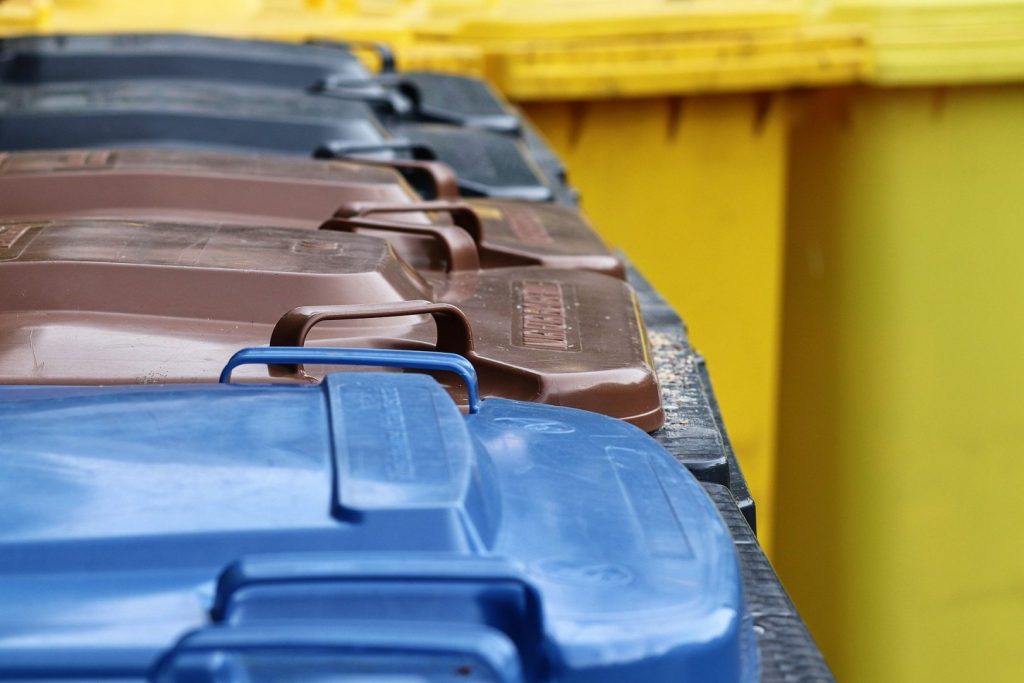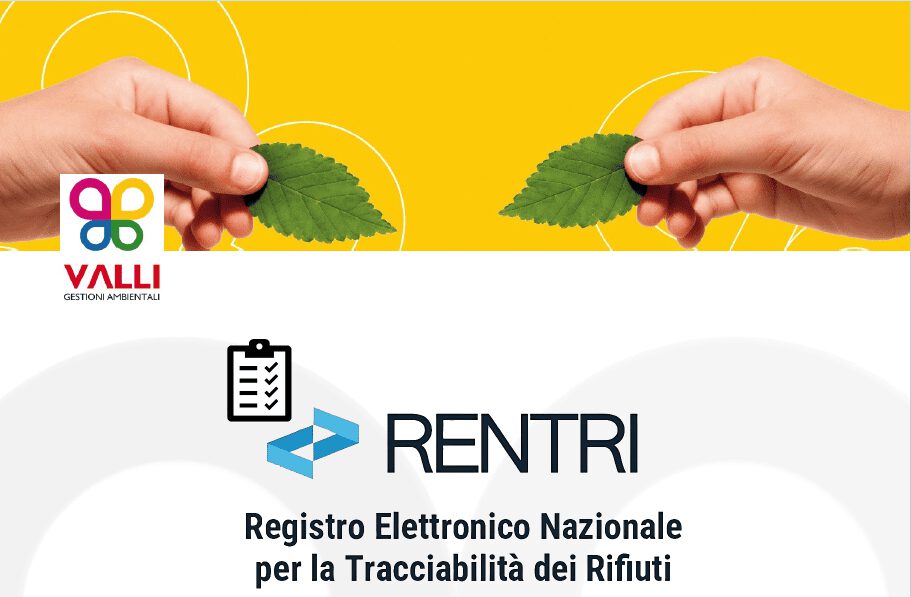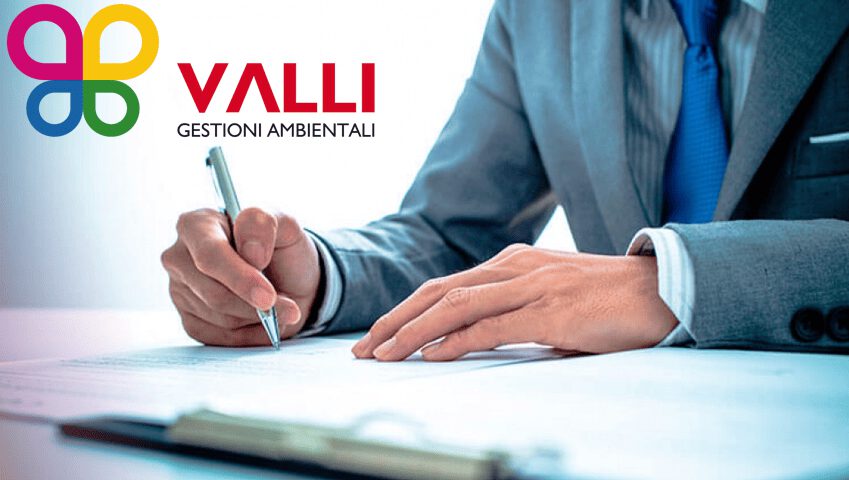Special hospital or medical waste means waste deriving from public and private facilities, which carry out medical and veterinary activities of prevention, diagnosis, treatment, rehabilitation and research and may include unsorted waste, sorted waste, and special medical waste.
The management of medical waste is governed by Presidential Decree no. 254 of 15 July 2003, “Regulation governing the management of medical waste pursuant to art. 24 of Law no. 179 of 31 July 2002”, as also highlighted in art. 227 of Legislative Decree 152/2006.
Special medical waste list
Presidential Decree no. 254 of 15 July 2003 reports, by way of example, some medical waste in Annexes I and II, including:
- waste at risk of infection: sanitary napkins, paediatric diapers and diapers, cotton swabs for colposcopy and pap smears, non-sterile eye sticks, non-woven ophthalmic sticks, cannulas and drains, catheters, fittings, probes, extracorporeal circulation circuits, etc.;
- waste from research and bacteriological diagnostics: plates, culture media and other devices used in microbiology and contaminated by pathogens;
- sharp waste: needles, syringes, blades, glasses, lancing lancets, venflon, disposable heads, razors and scalpels;
- empty containers: empty containers of drugs, veterinary drugs, disinfectant products, antigen-extinguished vaccines, food and beverages, infusion solutions;
- expired or unusable medicines;
- waste chemicals.
Didn’t find what you’re looking for on this list? Discover here the complete list of special waste and its classification
Special hospital waste codes
By way of example, some of the EER codes that can be assigned to medical waste are reported:
Category codes 1501 (150101, 150102, 150103, 150104, 150105, 150106, 150107, 150109) relating to packaging (including separately collected municipal packaging waste) and the following specific codes for the hospital waste category:
- 180101: Cutting objects (except 180103);
- 180102: Anatomical parts and organs including plasma bags and blood reserves (except 180103);
- 180104: Waste that should not be collected and disposed of by applying special precautions to avoid infections (e.g. bandages, plaster casts, sheets, disposable clothing, sanitary napkins);
- 180106*: Chemicals that are hazardous or contain hazardous substances;
- 180107: Chemicals other than those referred to in 180106;
- 180108*: Cytotoxic and cytostatic medicinal products;
- 180109: Medicinal products other than those referred to in item 180108;
- 180110*: Amalgam waste produced by dental procedures;
- 180201: Cutting objects (except 180202);
- 180202*: Waste that must be collected and disposed of with special precautions to avoid infection;
- 180203: Waste that must be collected and disposed of without applying special precautions to avoid infection;
- 180205*: Hazardous chemicals or substances containing hazardous substances;
- 180206: Chemicals other than those referred to in heading 180205;
- 180207*: Cytotoxic and cytostatic medicinal products;
- 180208: Medicinal products other than those referred to in entry 180207.
Do you need advice on hospital waste for management and disposal? Contact one of our experts for any doubts
Hospital waste disposal guidelines
Presidential Decree no. 254/2003 indicates the appropriate management methods for each type of medical waste, also referring to the administrative obligations for waste management reported in Legislative Decree 152/2006, in order to reduce its hazardousness, encourage its reuse, recycling and recovery and in such a way as to optimize its collection, transport and disposal.
Waste can be disposed of by specialized companies according to their different types, which carry out transport only or also carry out sterilization or treatment, or be taken care of by the local environmental hygiene company.
Thermal destruction of hospital waste
In what cases does the Thermal Destruction of Hospital Waste take place? The waste may or may not be at risk of infection, and in the first case it must undergo sterilization processes or be destined for incineration / thermal destruction. Waste that is not at risk of infection is considered normal waste and does not require special treatment.
Remember that Valli Ambiente has been active for years in helping its customers in the management and simplification of special waste procedures, contact one of our experts with confidence for more information




